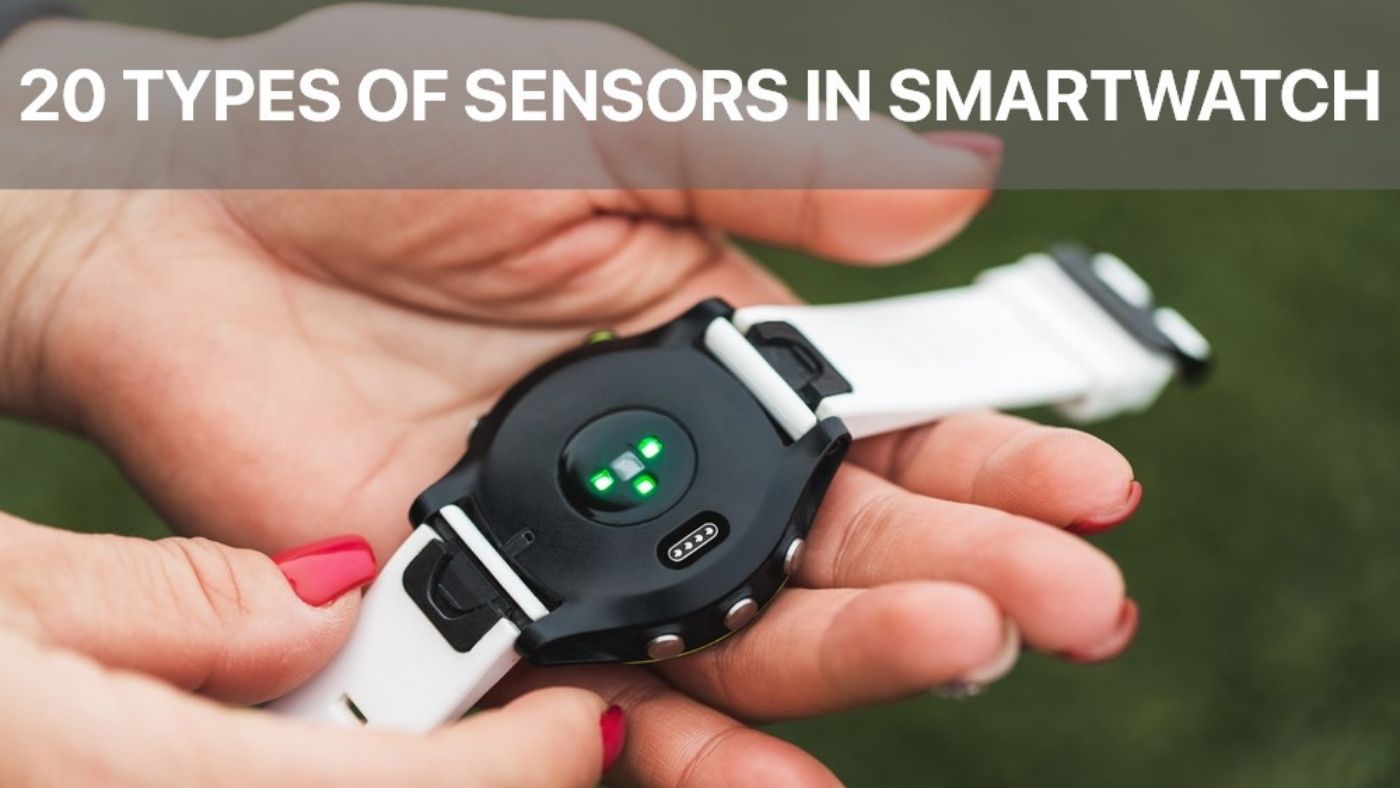If you're like most people, you rely on your smartwatch to help keep track of your daily activities. But have you ever wondered what the IP or ATM rating is for your watch? This blog post will explain how to find the IP or ATM rating on your smartwatch and what each rating means. Stay safe and in control while using your smartwatch by knowing the IP or ATM rating!
What is IP Rating on Smartwatches?
IP stands for "ingress protection" and is used to indicate how well a device is protected against solid objects and liquids. The higher the IP rating, the better the protection. For example, a smartwatch with an IP68 rating can be submerged in up to 1 meter of water for 30 minutes, while a watch with an IP67 rating can only be submerged in up to 1 meter of water for 3 minutes.
In general, smartwatches with higher IP ratings are more expensive than those with lower ratings. However, it is important to remember that even the best-protected smartwatch is not 100% waterproof and should not be used for swimming or diving.
What is ATM Rating on Smartwatches?
When shopping for a new smartwatch, you may have noticed that some devices are rated for their water resistance in ATMs. But what does this number mean, and how does it affect your decision?
ATM is a measure of water pressure, and it tells you how well your smartwatch will withstand exposure to water. The rating is based on tests conducted in a controlled laboratory environment, so it's important to keep in mind that your real-world experience may vary.
However, as a general rule, a higher ATM rating means better water resistance. For example, a smartwatch with an ATM rating of 5 will be able to withstand greater depth and pressure than one rated at 3 ATM. If you're looking for a smartwatch to wear while swimming or participating in other water sports, you'll need a device with a high ATM rating. However, if you just want something to wear in the rain or while washing your hands, a lower rating will suffice. Ultimately, the right choice for you depends on your individual needs and preferences.
3 Ways to Find the IP or ATM Rating on Your Smartwatches
Following are the three ways to find the IP or ATM rating on your smartwatches:
Check Smartwatch Water Resistance on Manufacturer's Website
Many manufacturers list the water resistance rating of their smartwatches on their websites, so be sure to check before making your purchase. With a little research, you can find the perfect water-resistant smartwatch for your needs.
Check Product Listing on E-commerce Platforms
When you're shopping for smartwatches, it's important to check the product listing on e-commerce platforms for the IP or ATM rating. This will tell you how well the watch is protected against water and dust.
Find the IP or ATM Rating on Smartwatch Box
In order to find the IP or ATM Rating on your smartwatch, you need to look at the back of the watch box. The IP or ATM Rating is usually located near the bottom of the box, in small print.
This number indicates how well your watch will withstand water and dust. A higher number means that your watch is better protected against these elements.
IP68 vs 5ATM Rating on Smartwatches
When it comes to choosing a smartwatch, one of the most important considerations is the watch's water resistance rating. The two most common ratings are IP68 and 5ATM. IP68 watches are designed to withstand depths of up to 6.8 meters, making them ideal for swimming and snorkeling.
5ATM watches, on the other hand, are only designed for depths of up to 5 meters, making them better suited for activities like rain or sweat. So, which rating is right for you? It really depends on your intended use.
If you're looking for a watch that can withstand more extreme conditions, then an IP68 watch is a good choice. However, if you're only interested in a watch that can handle a little bit of water, then a 5ATM watch should suffice.
Why Do Smartwatches Have Both IP and ATM Ratings?
The answer has to do with their specific design features. Smartwatches typically have electronic components, like sensors and processors, which need to be protected from both dust and water.
In addition, many smartwatches have color displays that could be damaged by exposure to moisture. As a result, manufacturers must use different combinations of materials and sealants to ensure that their products meet both IP and ATM standards.
By doing so, they can provide consumers with a watch that is both stylish and functional – no matter where they choose to wear it.
Safety Tips for Waterproof Smartwatches
Waterproof smartwatches are a great way to stay connected while swimming, surfing, or even just taking a shower. However, it is important to take some precautions to ensure that your watch remains safe and functional.
- First, make sure that the seals on your watch are intact and firmly in place. These seals prevent water from getting into the watch's internals, so it is essential to check them regularly for wear and tear.
- Second, avoid using your watch in saltwater or chemically treated water, as these can damage the seals and allow water to enter the watch.
- Finally, be sure to rinse your watch with fresh water after exposure to saltwater or chemicals to remove any residual contaminants.
By following these simple tips, you can enjoy your waterproof smartwatch without worry.
What to Do if Your smartwatch is Exposed to Water?
Smartwatches are designed to be durable and resistant to water, but accidents can happen. If your smartwatch is exposed to water, the first thing you should do is remove it from your wrist and turn it off.
Then, take a microfiber cloth and gently blot the watch dry. If the watch is still wet, use a hairdryer on the lowest setting to carefully dry it off. Once the watch is dry, you can turn it back on and check to see if it is still functioning properly.
If the watch appears to be damaged, contact the manufacturer for more information on how to proceed. With a little care, your smartwatch should be able to withstand any accidental exposure to water.
Conclusion
Finding the IP or ATM rating on your smartwatch is important, to know, especially if you are going to be using it for swimming, diving, or other water activities. We hope this blog post was helpful in showing you how to find the IP or ATM rating on your smartwatch.



